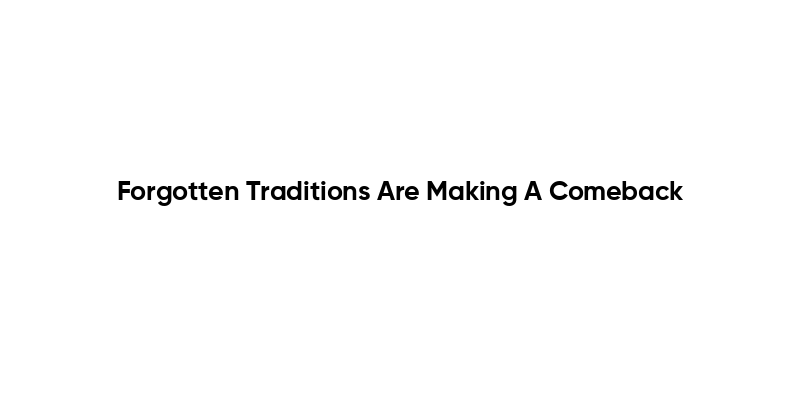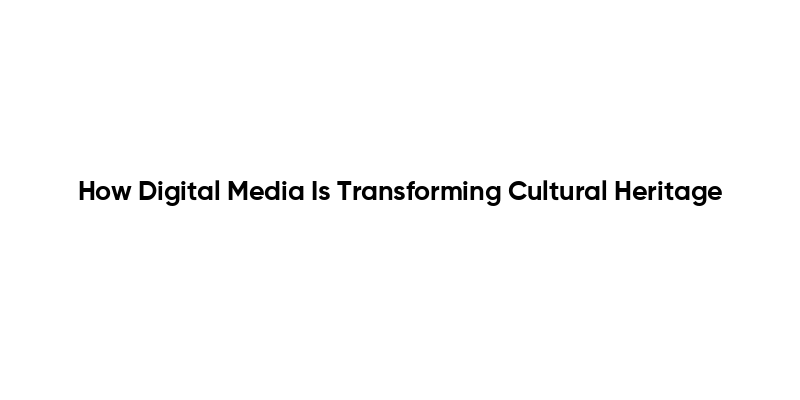Culture preservation in 21st century is essential as globalization, climate change, urbanization, and digital transformation reshape how communities live, work, and share traditions. It sits at the crossroads of preserving intangible cultural heritage and modern technology, aiming to protect living practices as well as artifacts. With a focus on inclusive, community-driven processes, it balances access with respect for local values and rights. Digital preservation of culture expands reach through archives, recordings, and online exhibitions while preserving the integrity of sources and consent. Despite challenges, thoughtful governance, sustainable funding, and ethical collaboration can ensure that diverse expressions endure for future generations.
From a broader perspective, this endeavor can be seen as safeguarding cultural memory in the digital age, balancing preservation with accessibility and participation. Scholars often describe it as living heritage protection, where languages, crafts, songs, and rituals endure through community stewardship and shared archives. Policy, funding, and institutions collaborate to support open repositories, language revival programs, and participatory museums that center local voices. By leveraging ethical governance and capacity-building, societies transform preservation into an adaptive practice that honors tradition while embracing change.
Culture preservation in 21st century: Balancing digital innovation with community-led values
In the 21st century, culture preservation has become a living enterprise that blends memory with momentum. Globalization, rapid mobility, and digital innovation reshape how communities live, tell stories, and share traditions, making the protection of cultural heritage more urgent and more complex. This moment requires approaches to cultural heritage preservation that honor both tangible assets—historic buildings, archives, artifacts—and intangible cultural heritage—languages, dances, songs, rituals, and craft techniques—while ensuring living cultures continue to evolve in inclusive, local contexts.
Digital preservation of culture offers powerful tools to document and disseminate tradition without eroding local authority. High-quality digitization, 3D scanning of monuments, and digital archives can increase access, reduce wear, and enable remote learning. Yet heritage conservation challenges persist: uneven funding, governance gaps, ethical concerns around ownership, and the risk that technology outpaces communities’ readiness. By centering community-led preservation, we ensure that documentation reflects local values, secures informed consent, and preserves the social meanings that give artifacts and performances their true significance. Intangible cultural heritage remains dynamic when language, songs, and rituals are documented with context and reciprocity.
Strategies for resilient heritage conservation: community-led preservation and inclusive governance
Community-led preservation is essential to durable culture preservation outcomes. When families, elders, and youth co-design projects, archives grow with relevance and resilience; languages survive through community schools and storytelling circles; traditional crafts reappear in local markets and exhibitions. This approach aligns with cultural heritage preservation goals by distributing leadership, empowering marginalized voices, and creating governance structures that reflect local priorities. Additionally, digital preservation of culture is most effective when communities control who accesses certain materials and how they are used, ensuring respect for permissions and benefit-sharing.
Strategic implementation requires policy support, sustainable funding, and cross-institutional partnerships. By addressing heritage conservation challenges through transparent governance and capacity-building, communities build long-term stewardship. Open data, shared standards for metadata, and collaborative archives help scale best practices while preserving the rights and dignity of knowledge holders. In practice, programs that blend living practice with digital records—language revitalization, living museums, participatory archiving—illustrate how culture preservation in the 21st century can be both protective and empowering.
Frequently Asked Questions
What does culture preservation in the 21st century involve, and how do community-led preservation and cultural heritage preservation shape its approach?
Culture preservation in the 21st century involves safeguarding both tangible heritage—buildings, artifacts, archives—and intangible cultural heritage—languages, songs, dances, crafts—while enabling living cultures to adapt to modern life. It relies on inclusive governance, community-led preservation, and collaboration among families, elders, schools, museums, and digital platforms. By centering local voices, respecting diverse identities, and using sustainable resources, this approach strengthens cultural heritage preservation and ensures living traditions endure for future generations.
How can digital preservation of culture and intangible cultural heritage be balanced with ethical considerations and heritage conservation challenges in culture preservation in the 21st century?
Digital preservation of culture offers powerful tools—digitization of artifacts, 3D scanning, and online archives—that expand access without replacing in-person experiences. In culture preservation in the 21st century, these tools must be used responsibly to protect intangible cultural heritage and avoid misappropriation. Balancing with ethical considerations like consent, data sovereignty, fair benefit-sharing, and careful governance helps address heritage conservation challenges. Successful strategies involve community involvement from the start, clear permissions, training, and interoperable data practices that respect local priorities while leveraging technology to reach broader audiences.
| Aspect | Key Points |
|---|---|
| Purpose and Scope | Safeguard tangible and intangible heritage; protect traditions while allowing living cultures to adapt; foster a dynamic relationship between heritage and contemporary life. |
| 21st-Century Landscape | Digital tools enable documentation and global sharing; collaboration across families, elders, youth, libraries, museums, schools; prioritize community needs and ethical considerations. |
| Key Challenges | Funding and resources; safeguarding intangible heritage; conflicts, displacement, climate threats; language loss; digital divide; ownership and benefit-sharing ethics. |
| Opportunities & Strategies | Digital preservation (digitization, 3D scanning, digital archives); complement in-person access; interoperable data; involve communities; UNESCO frameworks for safeguarding intangible heritage; living processes. |
| Community-Led Preservation | Prioritization by locals; consent-based governance; empowerment; capacity-building; local stewardship; education integration. |
| Case Studies & Applications | Language revitalization; co-created exhibits; participatory archiving; digitization with community control; accessible resources for researchers, educators, and the public. |
| Policy & Institutional Roles | Supportive policies; sustainable funding (grants, endowments, partnerships); museums as facilitators/co-curators; international collaboration; transparent governance. |
| Ethics & Equity | Respect for ownership and data sovereignty; avoid stereotyping; equitable access and benefit-sharing; capacity-building; inclusive processes. |
Summary
Culture preservation in 21st century is a dynamic, participatory endeavor that safeguards living cultures while embracing digital tools and modern methods. By centering community voices, fostering ethical partnerships, and using digital preservation alongside traditional practices, this approach supports diversity, resilience, and sustainable stewardship, ensuring cultural expressions endure for future generations.



